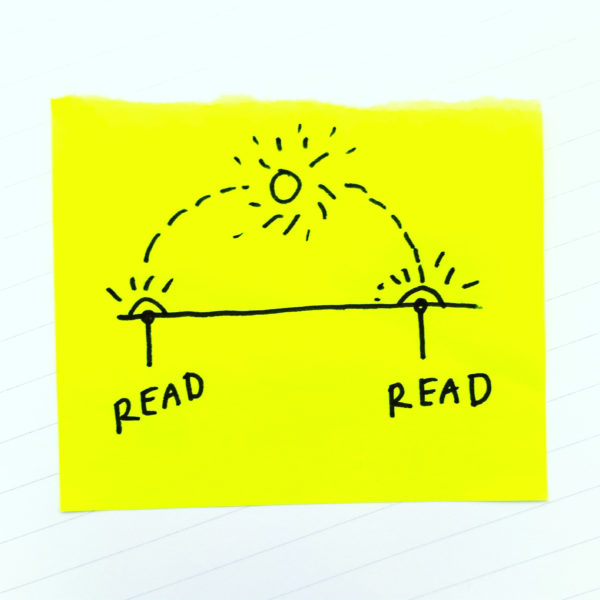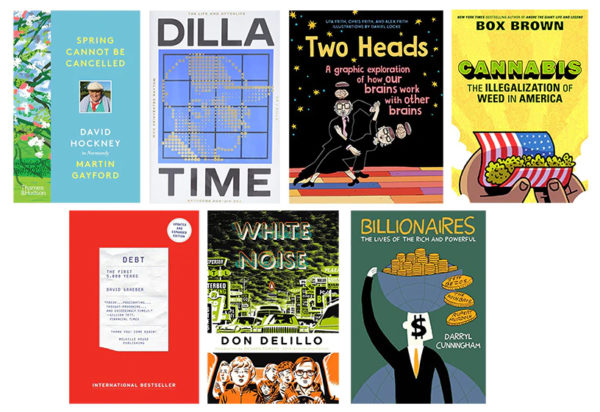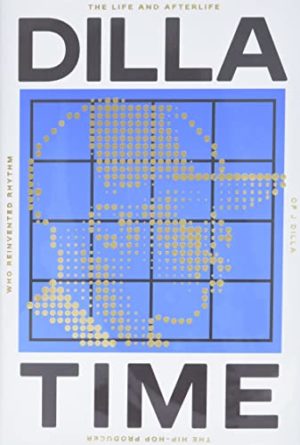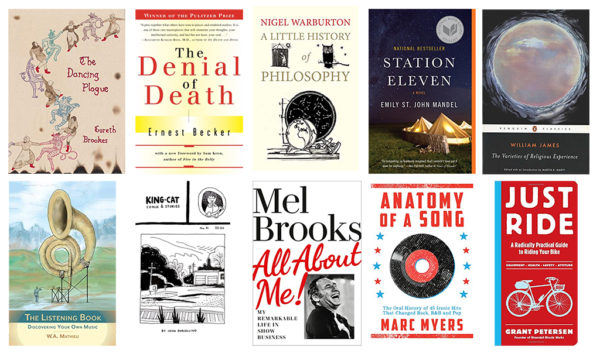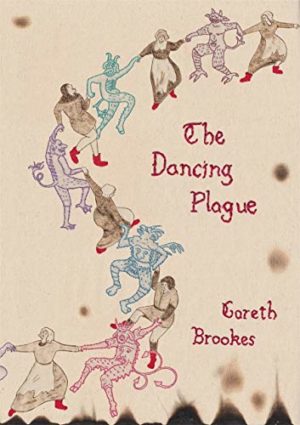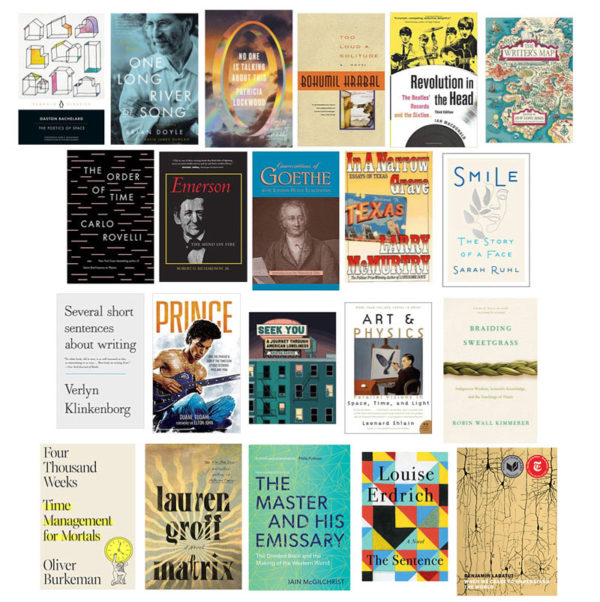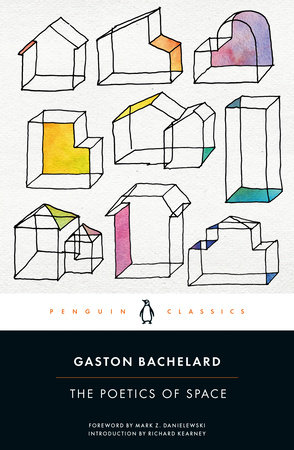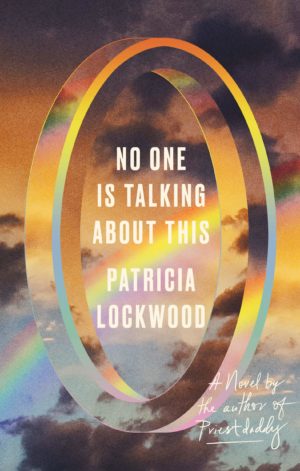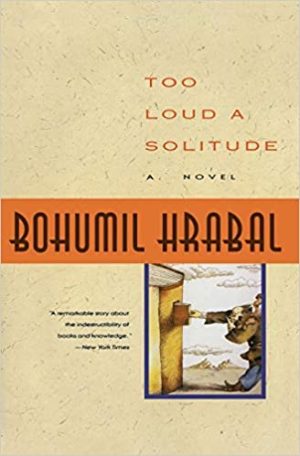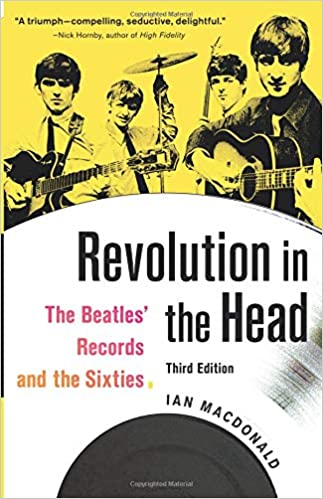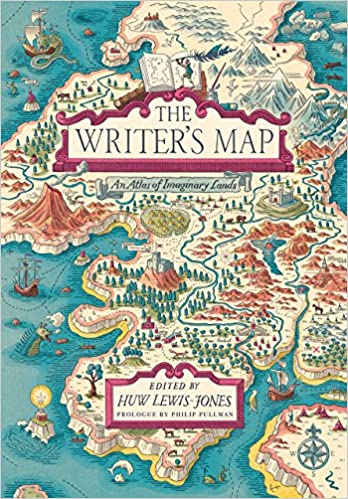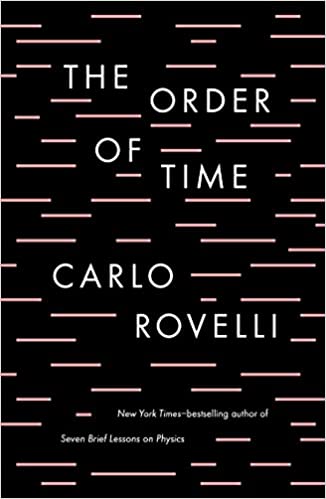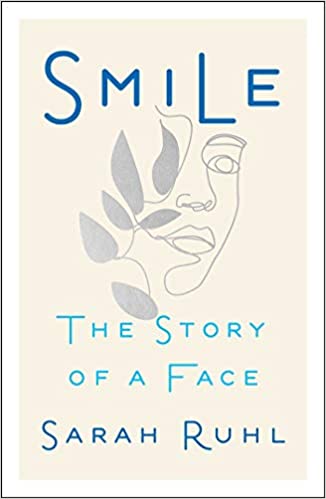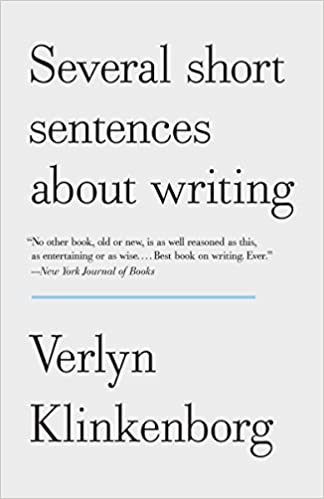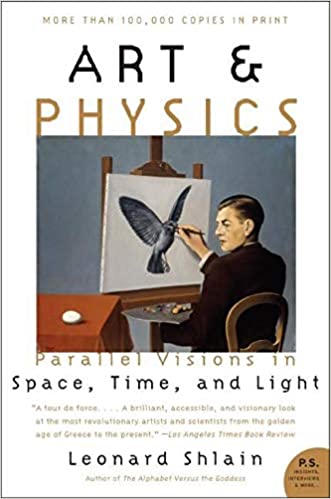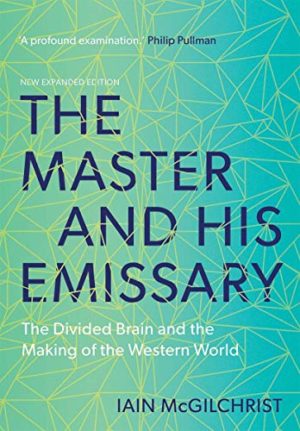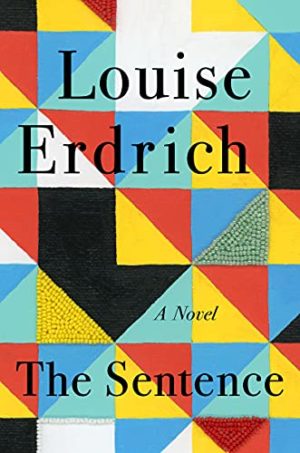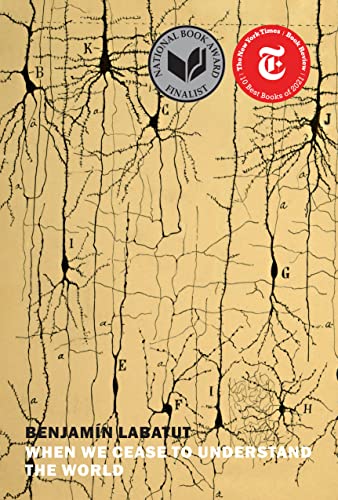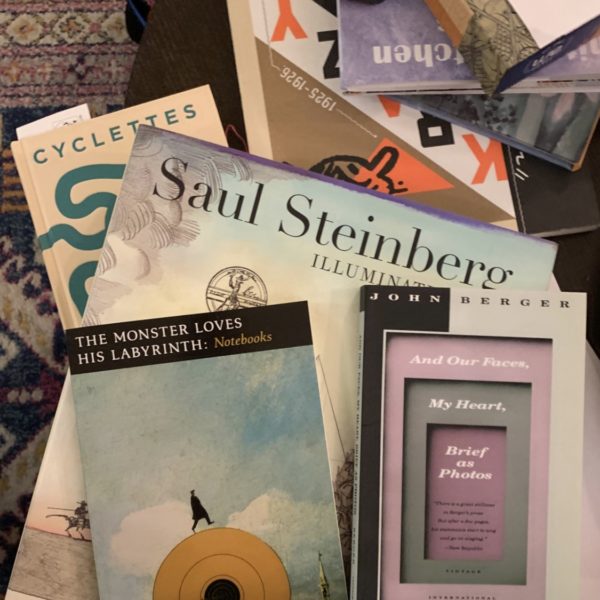
A few years ago, I wrote a post about reading more than one book at a time. I wrote, “One of my favorite ways [to generate new writing] is to have 3 or 4 books going at the same time and let them talk to each other.”
Someone recently asked me what it looks like in practice. I am loathe to muddy it any further with explanation, but here goes.
A mundane and far-from-perfect example: I was reading Tree Abraham’s Cyclettes and she mentioned the brain’s “default mode network,” something I don’t know anything about. I may or may not have paid much attention to it, but I had just finished John Higgs’ William Blake vs. The World and remembered that he wrote about it, too.
Now, if I’d just read about default network mode in either of those books, solo, I might’ve just ignored it and moved on with my life, but the fact that two books in succession mentioned it made me think I needed to investigate it further.
Lo and behold, Steven Johnson wrote about it for the NYTimes several years ago and also in his book Farsighted. Now I have another book to dip into, and three books on different subjects talking about the same thing. That’s enough for a blog post, at the very least.
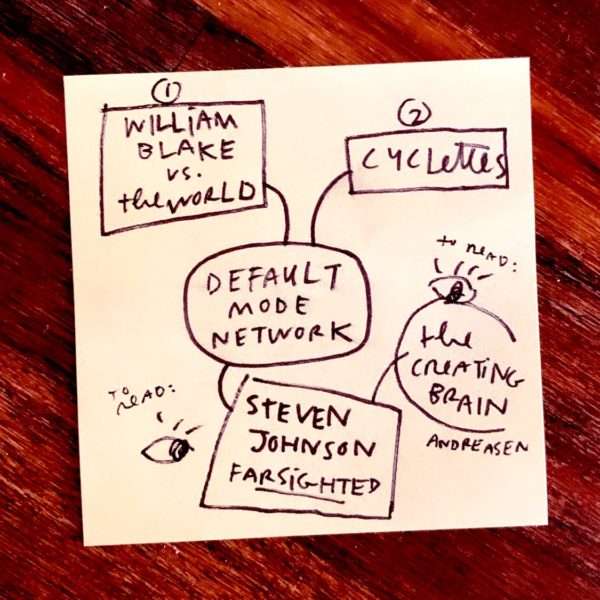
In this case, it was chance and happenstance, but you can sort of tweak your reading life in such a way that these sort of things happen more often. If you read books on different topics and different genres and different formats at the same time, your brain can’t help but find weird connections between them.
This is so obvious to me that it hardly seems worth going into, but I realize it might not be so obvious to others.
Reading this way is a form of “input as collage,” and of course, you can take a multi-media approach to it: I remember last year I watched Kenneth Branaugh’s Much Ado About Nothing while I was reading Iris Murdoch’s The Sea, The Sea, and I can’t identify exactly how, but they spoke to each other in some way that glued them together in my mind. (Later, I found out that Murdoch was a big Shakespeare freak.)

Another example: Yesterday’s blog post on Simic and Steinberg exists simply because Charles Simic died and I was going around the house trying to find all the books in the house of his I could find.
On the back cover of The Monster Loves His Labyrinth: Notebooks I noticed that Simic’s portrait was drawn by Saul Steinberg. A quick google of “Charles Simic” and “Saul Steinberg” made me remember that I have a catalog of Steinberg’s with an intro by Simic. So I pull that book out and read the intro and find out they were friends. A few more googles and I have everything Simic wrote about his friend (I think) at my fingertips.
As I read those pieces, they started talking to each other, and suddenly I had something to write about.
